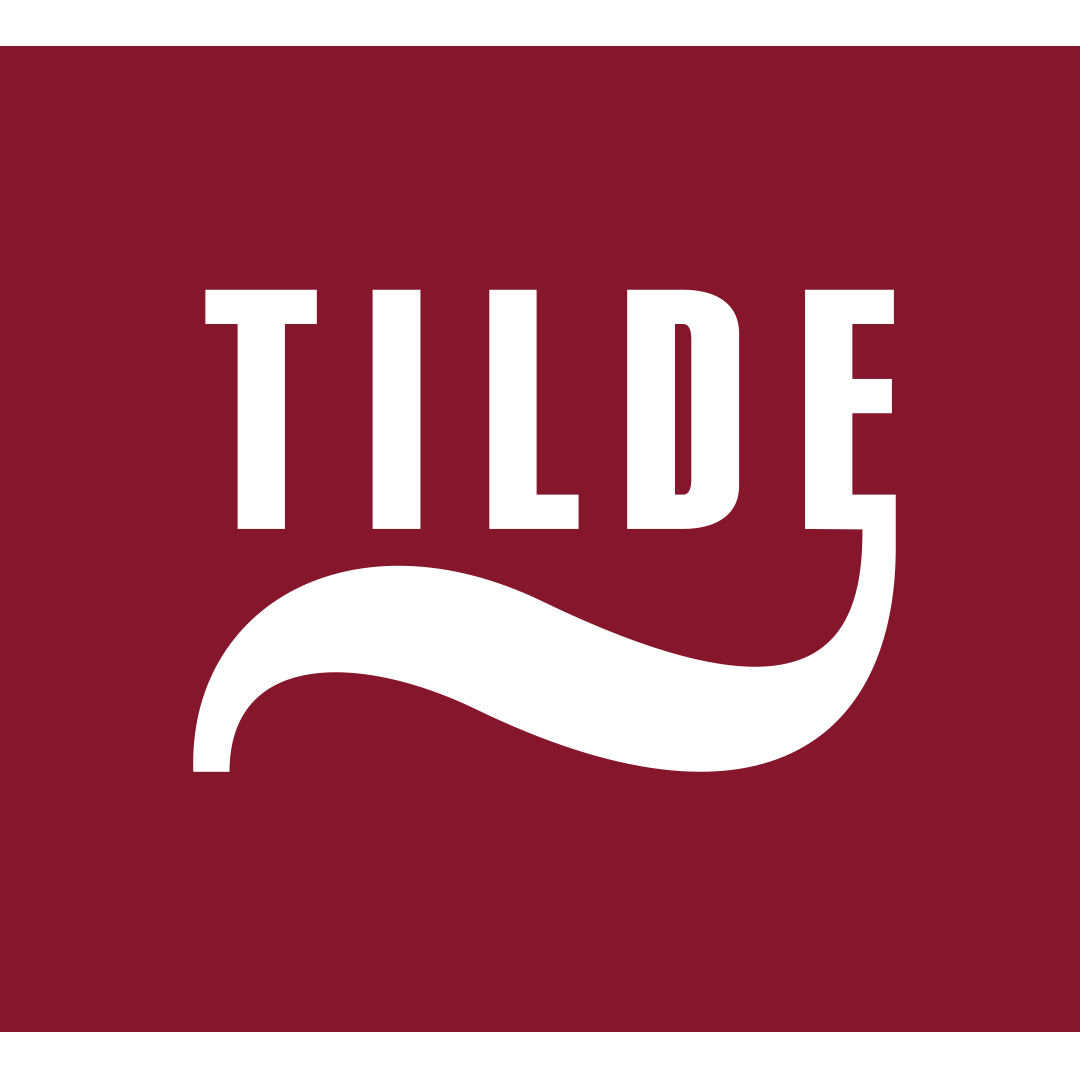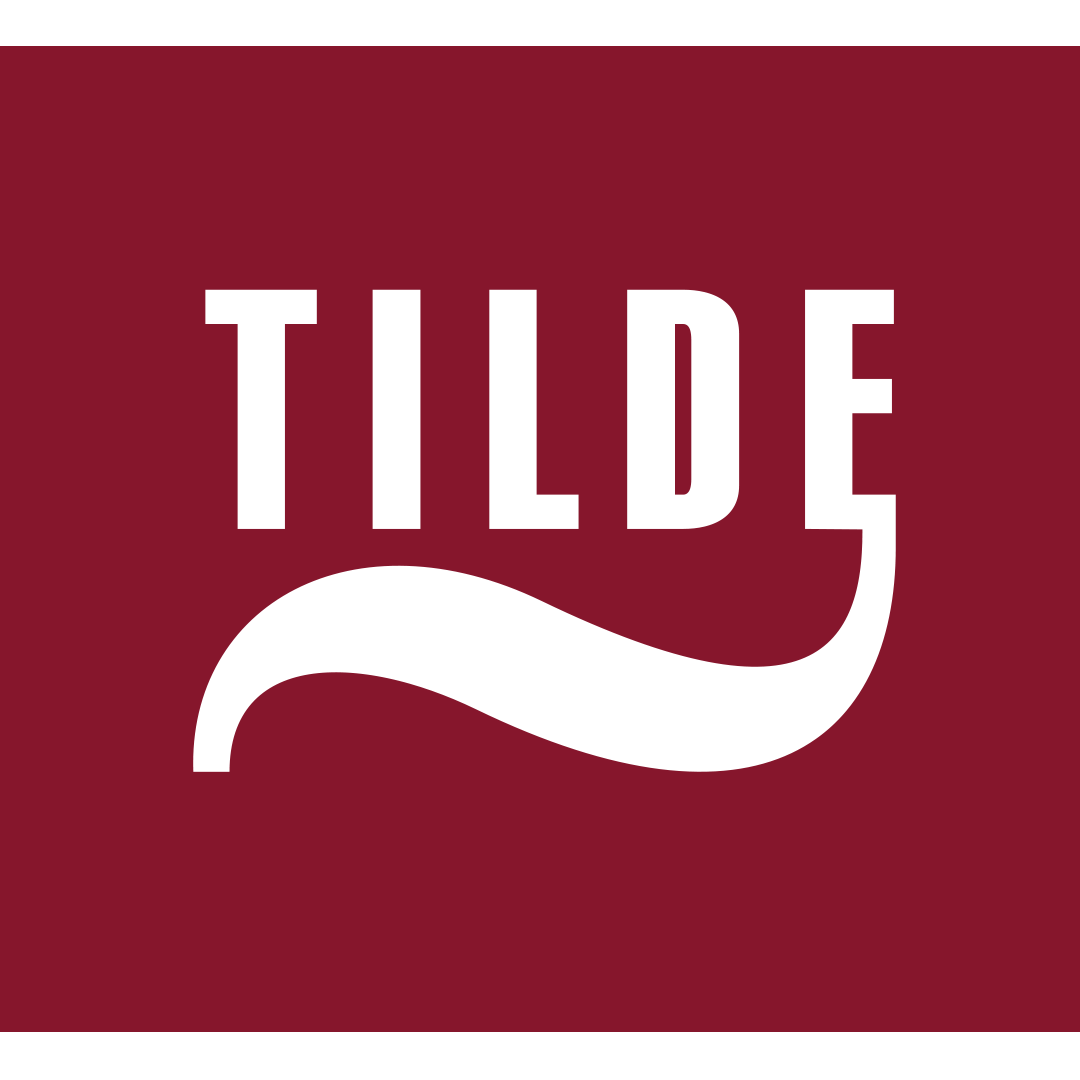There is no doubt that the rapidly evolving digital, technological and artificial intelligence era brings society mind-blowing opportunities to make our lives easier and work – more effective. While Machine Translation (MT) has become an integral part of the translation industry in the 21st century, Dynamic Learning might still be an undiscovered technology for many.
What is Tilde Dynamic Learning?
In a nutshell, Tilde MT Dynamic Learning (adaptive neural machine translation (NMT)) is the highest level of machine translation developed over the decades. It is more advanced than previous generations of MT systems because it allows the MT to learn from the translator’s post-edits. Dynamic learning engines analyze every correction made by the translator and adapt the translation system to meet lexical, terminological, and stylistic requirements.
Less editing for translators
Every translator knows the pain of correcting the same mistake in the translation output repeatedly. Dynamic Learning MT solves this problem – once corrections are made, the system learns from every one of them and adapts the MT model. Thus, these post-editing outputs are applied to future translations to save translators time and effort. Furthermore, Dynamic Learning adjusts your style, lexical voice, specific vocabulary and terminology, so that the engine can create contextually more precise and nuanced translations under the same project or domain.
Integration with CAT tools
The adaptive neural machine translation engine uses translation memories that are saved in the CAT tool to learn from them. This means that unlike before, when translation memories were only useful for sentences like those that have already been translated, the dynamic learning MT reuses them to improve the future translation of specific phrases and expressions in novel sentences.
One engine, various “voices”
It is understood that every specific domain needs a different approach. While building several custom engines could solve the problem, it is often an expensive and heavy solution if an organisation needs many engines. So here comes another significant benefit of Dynamic Learning MT. With one Dynamic Learning MT engine, translators can simultaneously have various domain- or client-specific projects that serve as a separate “custom” engine for each. In this scenario, after the learning phase, adaptive NMT engines deliver close to custom domain-specific MT engine quality for medium-sized translation projects, for which custom MT engines might be unfeasible.
Complementing existing technologies
To ensure high-quality translations for many technical domains, getting the terminology right is a crucial aspect. Professional translators often use bilingual glossaries with a specific vocabulary for a customer or industry. Tilde Dynamic Learning is compatible with terminology integration functionality, which boosts translation quality when predefined vocabulary dictionaries are available.
Hand in hand with AI
Today the translation industry and AI technologies are two completely inseparable concepts. In a world where business and personal needs are rapidly moving beyond language barriers, every translator should adapt and learn to use AI to their advantage, in order to stay competitive and keep up the translation volume. Dynamic Learning has marked a new era in the translation industry with more contextually accurate and effective translations. The sooner we accept, learn and implement this technology in our daily lives, the greater benefit it will bring to our productivity.
Interested in Dynamic Learning? We are here to help!






